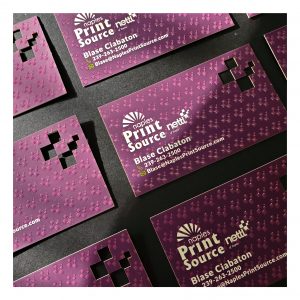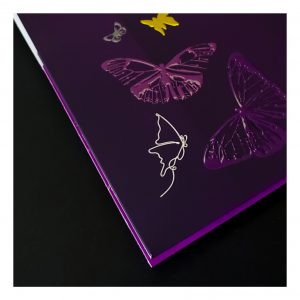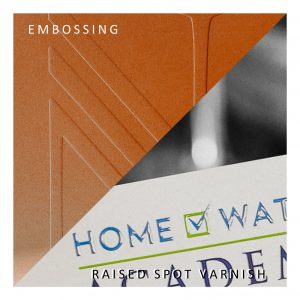Raised spot varnish is a clear varnish that can be applied to your printing project in specific areas. After the varnish is applied during the printing process, it’s cured using a UV light. This option adds not only adds a shine when it catches the light but also a raised texture, drawing attention to a particular part of your design. It’s a creative way to add depth and contrast with different levels of sheen and texture. And because raised spot varnish is clear, it can be applied anywhere on the printed piece without impacting the readability of any text underneath it.
Wondering when to incorporate raised spot varnish into your project? Here are some suggestions.
Do use raised spot varnish:
- To emphasize the most critical part of your design, whether that’s text or a visual you want to stand out.
- To protect against fingerprints and scuffing.
- To make the colors in images pop with extra shine.
- To add a secret message, a hidden logo, or even a contrasting pattern that will only be visible when it catches the light.
Don’t use raised spot varnish:
- Anywhere you want to be able to write.
- For large pieces kept at a distance where the coating won’t be visible or felt, like banners, or posters.
Raised Spot Varnish versus Other Printing Techniques
Because raised spot varnish adds a raised element to your piece, it’s important to distinguish between this and other techniques that add a raised component. With embossing, paper is squeezed between two molds, or dies, to create a raised impression on the paper. The process uses no ink, and the impression is visible from the backside. Raised spot varnish gives the impression that some aspects of your design are raised without leaving any trace on the reverse side. Thermography is a specialized alternative to embossing. Offset printing ink is combined with a powdered resin that is then baked, causing the resin to rise. In general, thermography is applied to all printed elements, while you can be very specific with where you want to apply a raised spot varnish.
Thermography is also not recommended to be used on a fold or bleed as it would crack when folded or cut. Raised printing is not only visual, no matter what technique you use. It adds a whole new dimension. But raised spot varnishes, in particular, help seal in the vividness of the color and can add a glossy look or a highly reflective shine.
Chances are, you’ve seen a raised spot varnish used on book covers and packaging. What projects do you have that would be elevated by incorporating this technique?



